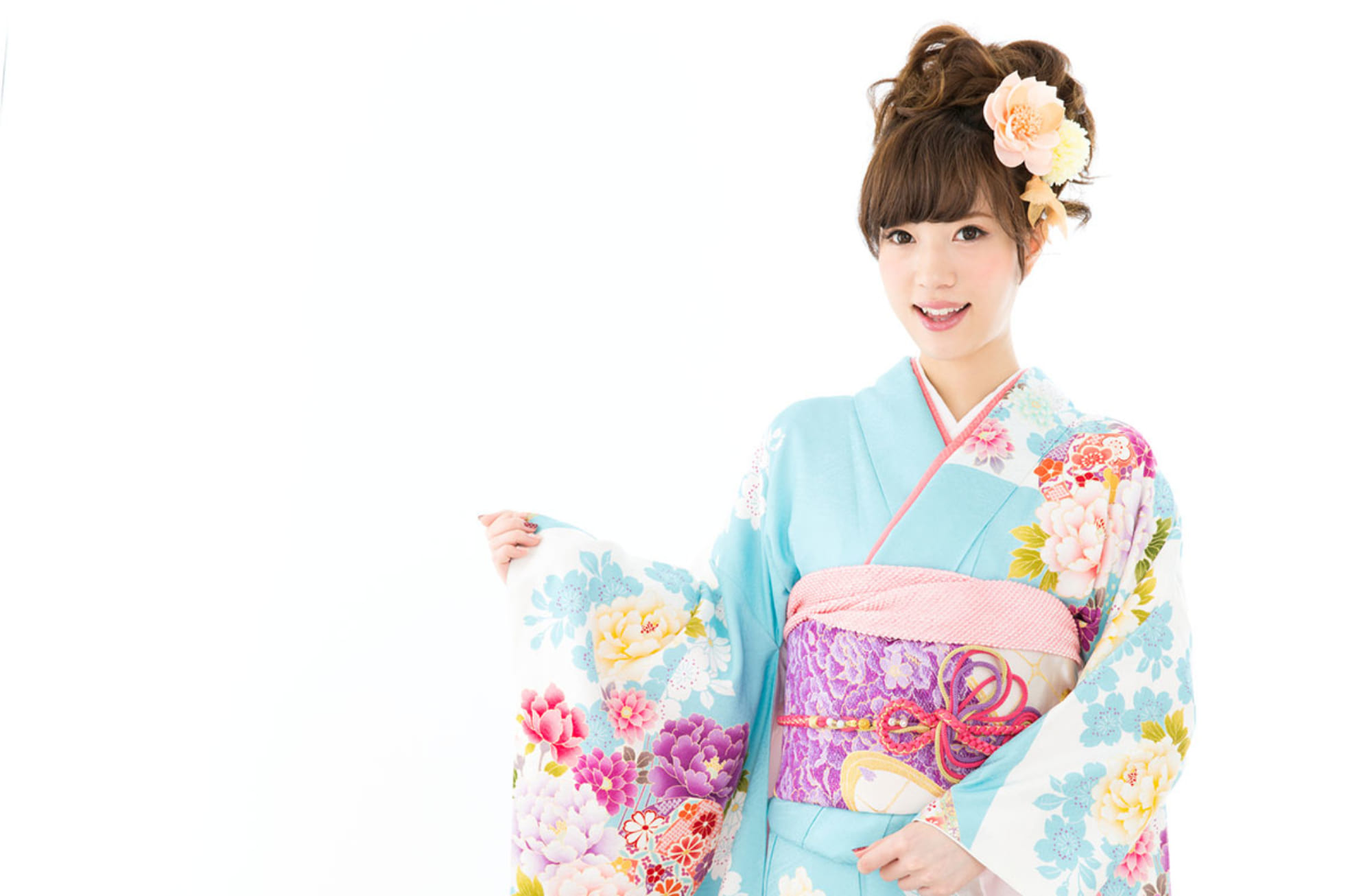
The latter half of the 16th century, ruled by Nobunaga Oda and Hideyoshi Toyotomi, are called Azuchi Momoyama era, and the time between 17th to 19th century is called Edo era. The feature of those eras was the major development of the culture due to the fewer number of wars which contributed to the stability of the common people’s quality of life. Majority of the Japanese kimono has become short sleeved as a result of samurai families and common people became more powerful than the aristocrats.
Also, foreign trades were very popluar in Azuchi Momoyama era, and the decoration technique of the short sleeve became very competitive. Furthermore, those successful merchants with a big fourtune through trading became found of gorgeous outfit, which resulted in developing the extraordinarily beautiful short sleeves. It appears that there were no major difference in the outfit of male and female in the common people.
In Edo era, comparing to the female short sleeves that have changed dramatically, that of male did not really incorporated many changes. As a result, such difference of the outfit by sex has become more remarkable. One reason behind the scene is said to be the defined and bipolarized concept of the role with the distinction of sex, which forced male following the social rules and regulations while female remained to be free.
Today’s Kimono and Obi are the result of such evolution females have developped with their free mind, soul, and spirit.
